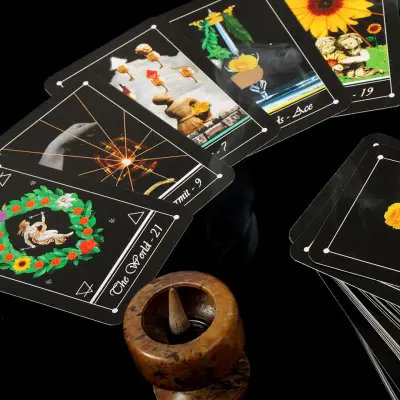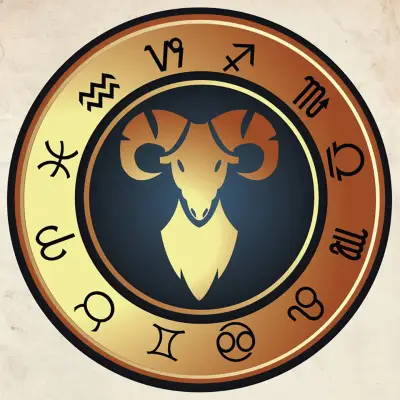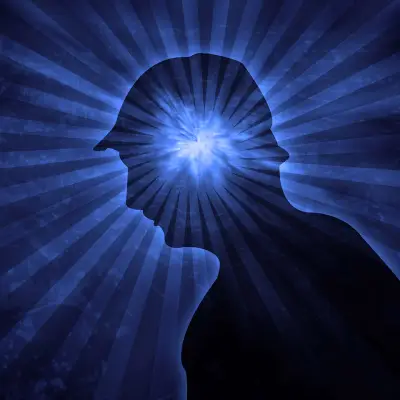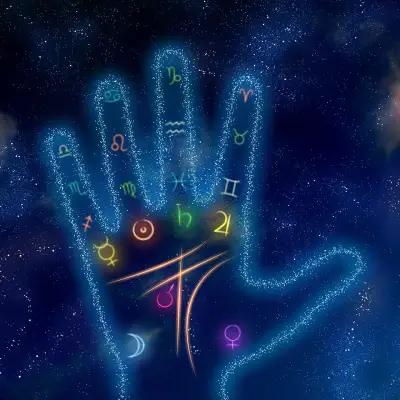Have you ever heard about the Salem Witch Trials? It's a fascinating yet haunting part of history in the 17th century. Often shrouded in mystery and misconception, these events captivated and terrified people for centuries.
If you're curious about what happened during the Salem witchcraft trials, you're in the right place. Let's delve into this intriguing chapter of history together.
Jump to:
- What Were the Salem Witch Trials?
- When and Where Did the Salem Witch Trials Take Place?
- Who Were the Witches of Salem?
- Why Did the Salem Witch Trials Happen?
- Salem Witchcraft Trials: A Flawed Process
- What Were the Punishments for Witches?
- How Were Witches Killed in Salem?
- Who Was the Youngest Girl Killed in the Salem Witch Trials?
- 10 Salem Witch Trials Facts
- Witch Trials in America: Beyond Salem
- Study Witch Trials for £29
Recommended for you!
Best SellersWhat Were the Salem Witch Trials?
The Salem Witch Trials were a series of hearings and prosecutions of people accused of witchcraft in colonial Massachusetts. These trials occurred between 1692 and 1693 and are among the most infamous events in early American history.
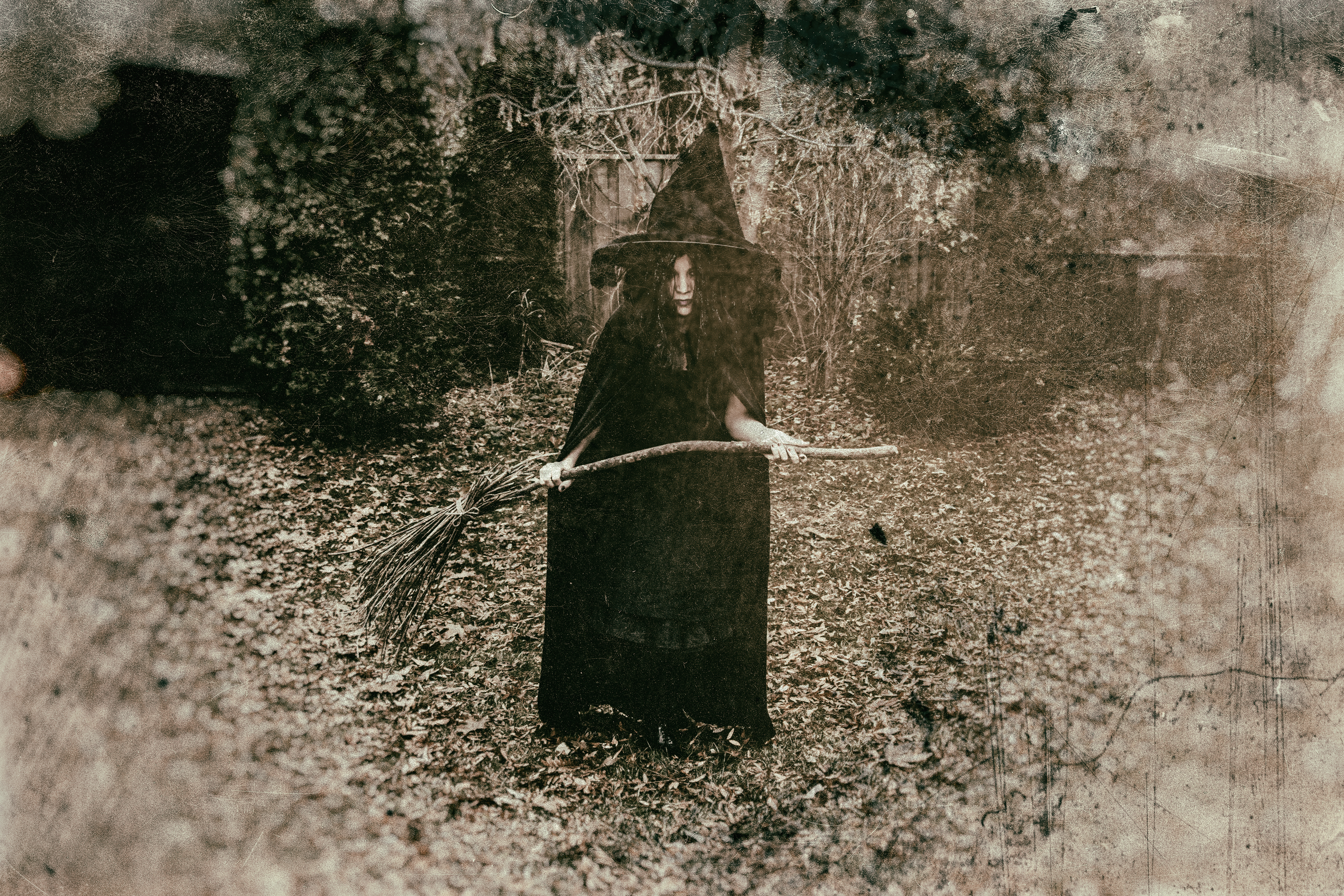
When and Where Did the Salem Witch Trials Take Place?
The Salem Witch Trials began in 1692 and lasted until 1693. They primarily took place in Salem, which is now present-day Danvers, Massachusetts. The Salem Witch Museum, which commemorates these events, stands as a reminder of this turbulent time.
Who Were the Witches of Salem?
The witches of Salem were a group of people—mainly women—who were accused of practising witchcraft in 1692 in Salem, Massachusetts. These people came from various backgrounds, ranging from the well-off and socially established to the poor and marginalised. Among them were Bridget Bishop, the first to be executed, and others like Sarah Good, Rebecca Nurse, and Martha Corey, who were key figures in the trials. Notably, many accused were outsiders or non-conformists, reflecting the community's fear of the unknown and the different. Their tragic fates highlight the dangers of mass hysteria and the importance of fair legal procedures.
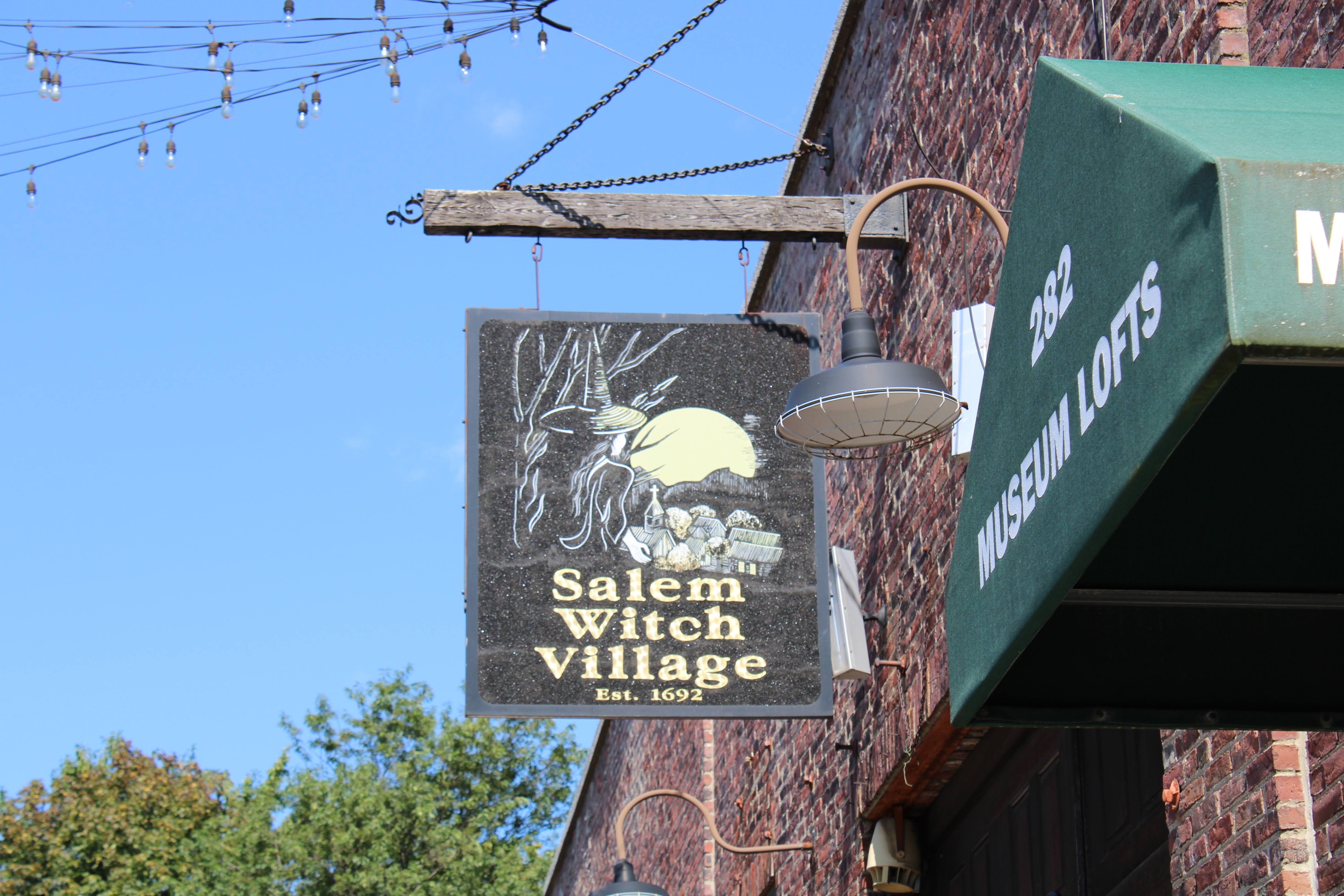
Why Did the Salem Witch Trials Happen?
A complex blend of factors drove the Salem Witch Trials. Understanding why they happened involves looking at that time's various social, psychological, and environmental aspects. Here are some key reasons:
- Belief in the Supernatural: In the 17th century, many people, including those in Salem, strongly believed in the supernatural, including the existence of witches and their power to harm others through witchcraft.
- Religious Zealotry: The Puritanical religious beliefs in Salem emphasised a constant battle between good and evil. This religious fervour made the community particularly sensitive to the idea of witchcraft.
- Social and Economic Tensions: Salem was experiencing social stratification and disputes over resources. The community was divided between the rich and poor, leading to envy and suspicion.
- Fear of Outsiders: The fear of outsiders or those who did not conform to societal norms played a role. Many of those accused of witchcraft were seen as social outcasts or non-conformists.
- Political Instability: At the time, political uncertainty and instability in the region created a climate of fear and anxiety.
- Local Conflicts: Personal vendettas and disputes among families and neighbours often led to accusations. Witchcraft accusations became a way to resolve these conflicts.
- The Role of Children: The initial accusations of witchcraft in Salem were made by a group of young girls. Their strange and seemingly inexplicable behaviour was attributed to witchcraft, sparking the hysteria.
- Ergot Poisoning Theory: Some modern theories suggest that the consumption of rye contaminated with ergot (a form of fungus) could have caused hallucinations and paranoia, contributing to the accusations.
- Mass Hysteria: As the trials and executions became more frequent, fear and panic spread throughout the community, leading to a wider acceptance of the witchcraft claims and more accusations.
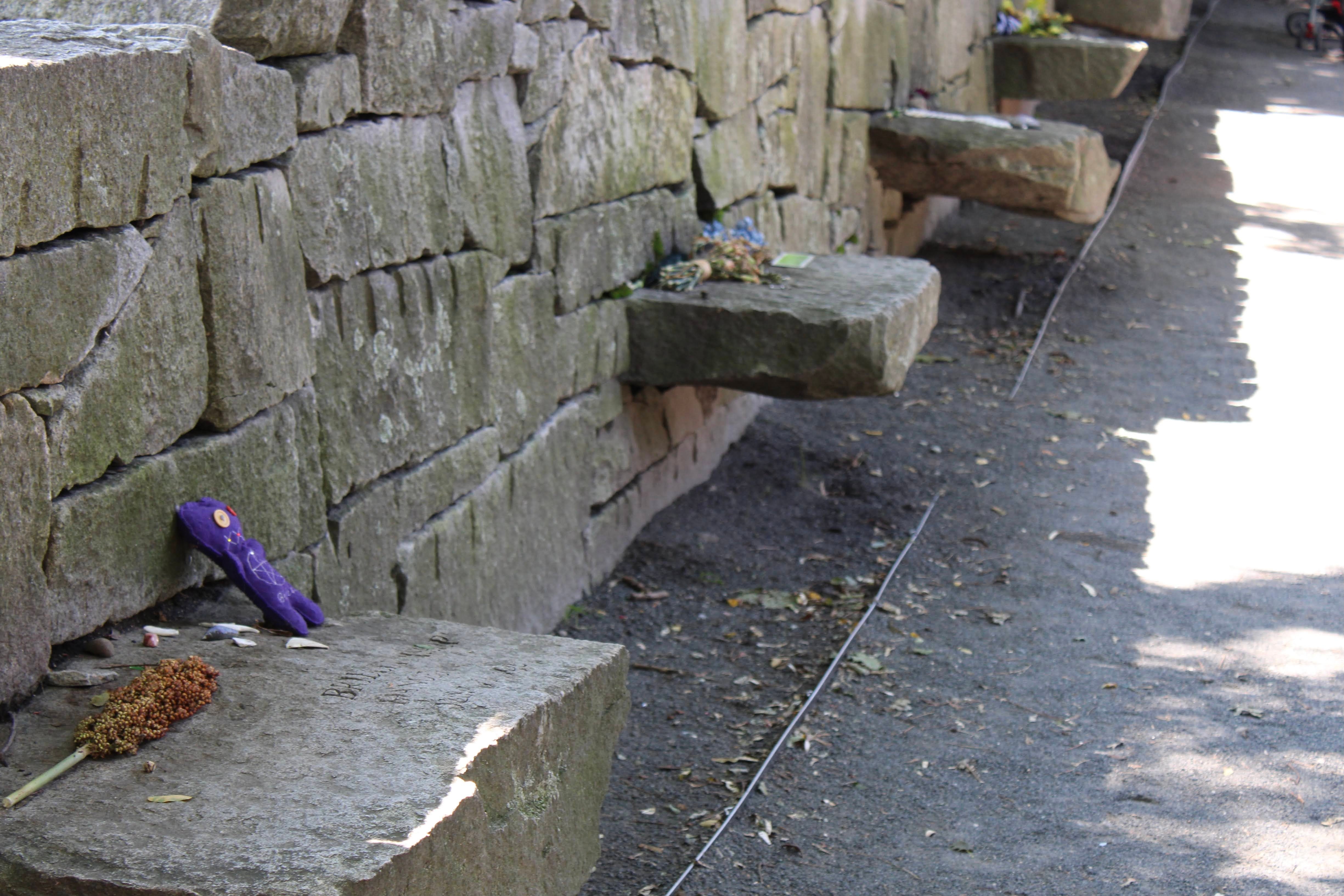
Salem Witchcraft Trials: A Flawed Process
During the trials, witchcraft accusations were often made without solid proof. The legal procedures were heavily flawed, with spectral evidence (testimony about dreams and visions) being considered valid. This lack of fair trial standards led to many innocent people being convicted.
The witch hunts created an atmosphere of fear and suspicion in Salem. Families were torn apart, and the social fabric of the community was significantly damaged.
What Were the Punishments for Witches?
The punishments for those found guilty of witchcraft were severe. Accused witches were subjected to various forms of punishment, including imprisonment and, in some cases, execution.
How Were Witches Killed in Salem?
In total, about 20 people were executed during the Salem Witch Trials. Additionally, several others died in jail while awaiting trial or execution. Most of the executions during the Salem Witch Trials were by hanging. Contrary to popular belief, burning at the stake was not used in Salem.
Who Was the Youngest Girl Killed in the Salem Witch Trials?
Dorothy Good, just four or five years old at the time, was the youngest to be accused of witchcraft, though she was not executed. The youngest person executed was likely Mary Parker or Alice Parker, both adults.
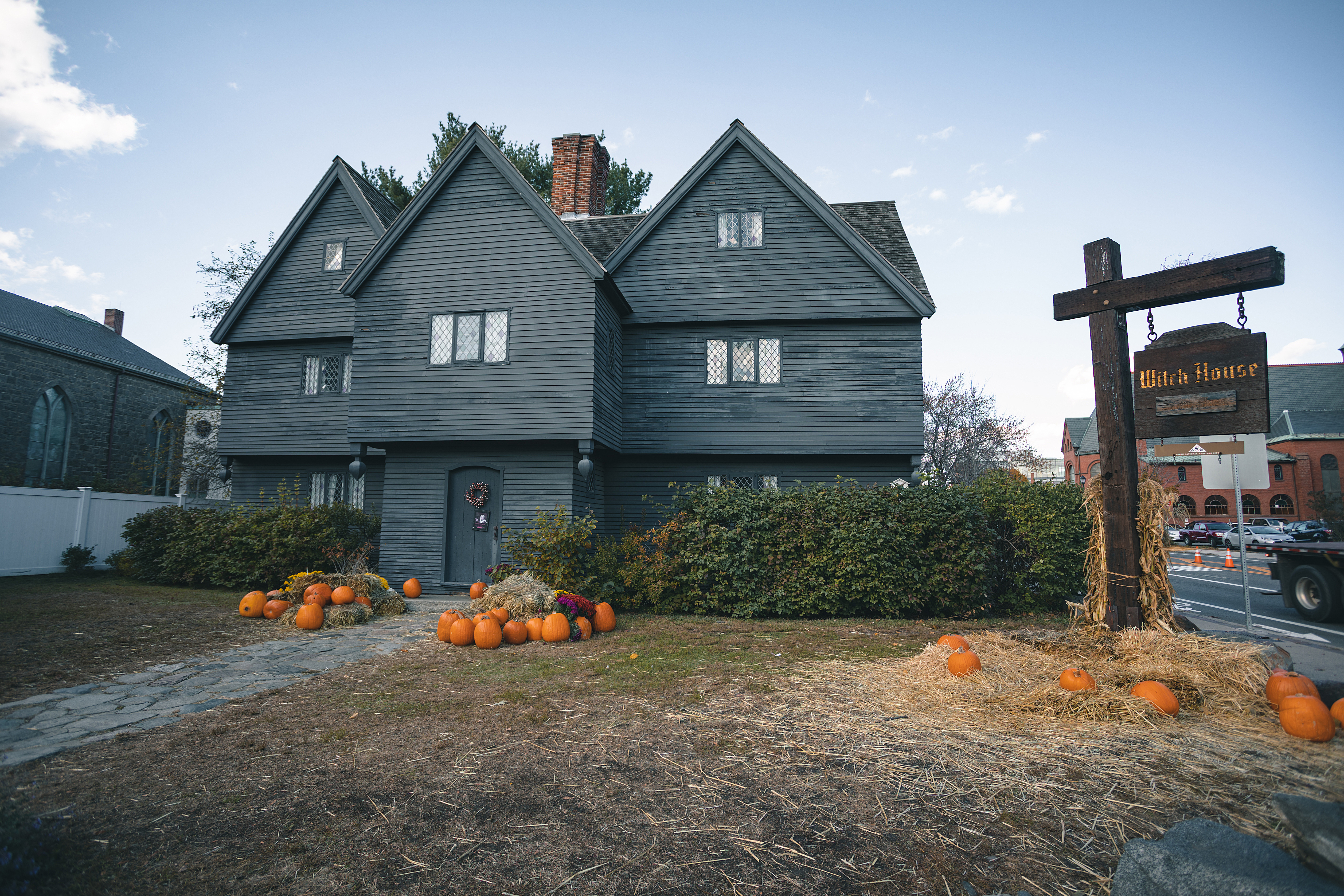
10 Salem Witch Trials Facts
Here are ten brief facts about the Salem Witch Trials:
- Spectral Evidence: The trials heavily relied on 'spectral evidence,' where accusers claimed to see spirits or spectres of the accused harming them.
- Youngest Accused: The youngest person accused of witchcraft was Dorothy Good, aged only four or five.
- Pressing to Death: Giles Corey was the only person pressed to death with heavy stones for refusing to enter a plea.
- Accusations and Fear: More than 200 people were accused of practising witchcraft during the Salem Witch Trials.
- Jail Deaths: Several accused witches died in jail, including Sarah Osburn and Roger Toothaker.
- End of Trials: Governor William Phips ended the trials in 1693 after his wife was questioned for witchcraft.
- Restoration of Rights: In 1711, Massachusetts restored the rights and good names of those accused and granted £600 in restitution to their heirs.
- Formal Apology: In 1957, Massachusetts formally apologised for the events of the Salem Witch Trials.
- Ergot Theory: A modern theory suggests that ergot poisoning from rye bread may have contributed to the hysteria.
- Last "Witch" Pardoned: In 2001, Ann Pudeator, the last of the accused witches, was officially pardoned.
Witch Trials in America: Beyond Salem
While the Salem trials are the most well-known, there were many witch trials worldwide. Similar trials occurred in other parts of New England during the same period, though none were as deadly or infamous as Salem's.
Recommended for you!
Best SellersStudy Witch Trials for £29
If you want to learn more about Witch Trials, we offer an engaging Witch Trials Diploma Course that dives deep into this historical event. For a limited time, we're excited to offer this fascinating course for only £29.
Similar courses include our Green Witchcraft Diploma Course and History of Magic and Witchcraft in England Diploma Course.









